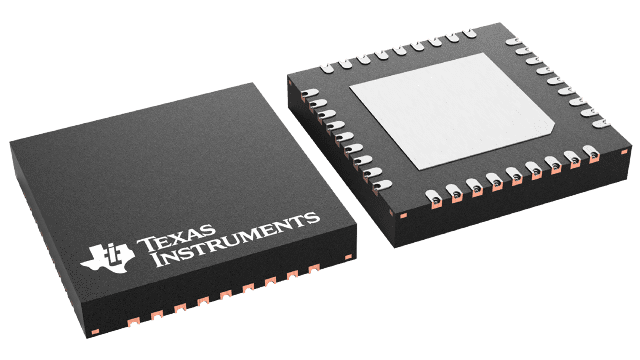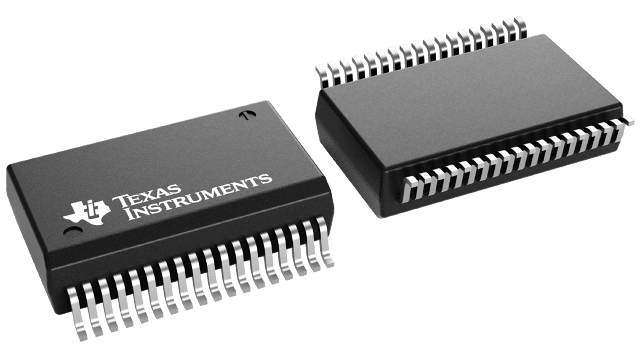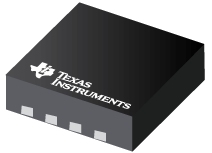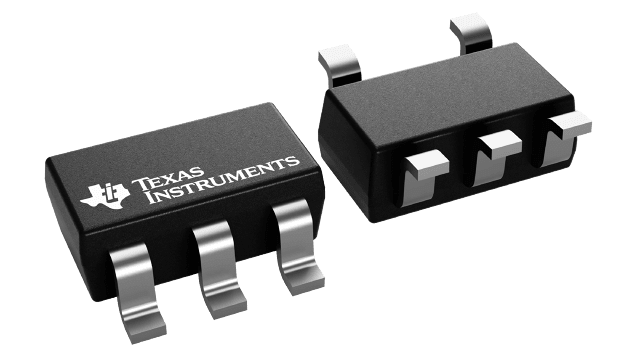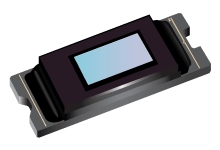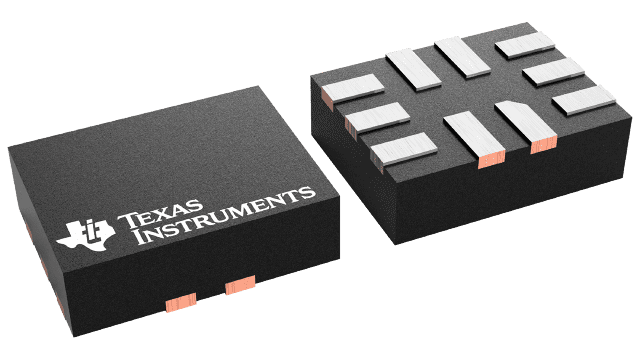Reference Designs
Single-Ended Input to Differential Output Conversion Circuit Reference Design
Texas Instruments


This TI Precision Verified Design provides the theory: component selection: simulation: PCB design: and measurement details for a single ended input to differential output circuit which converts a single ended input of +0.1V to +2.4V into a differential output of ± 2.3V on a single +2.7V supply. The output range is intentionally limited to maximize linearity. The circuit is composed of 2 amplifiers. One amplifier acts as a buffer and creates a voltage: Vout+. The second amplifier inverts the input and adds a reference voltage to generate Vout-. Both Vout+ and Vout- range from 0.1V to 2.4V. The difference: Vdiff: is the difference between Vout+ and Vout-. This makes the differential output voltage range +2.3V.
Features
- 100kHz Small Signal BandwidthLow Power: 100mA current consumption±0.1% FSR Vdiff Uncalibrated Error±0.01% FSR Vdiff Calibrated ErrorConverts 0.1V - 2.4V Input to ±2.3V Output at +1.25V Vcm
Product Categories
- Amplifiers



